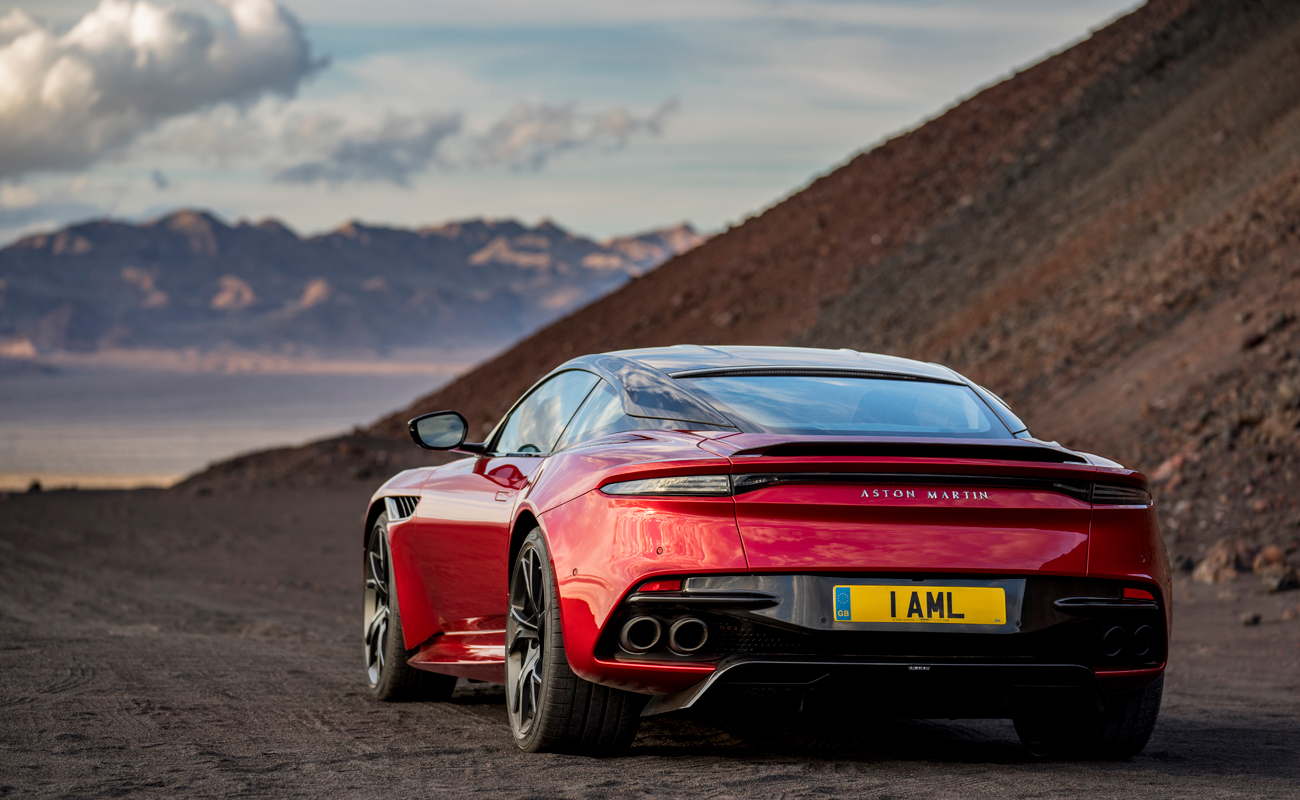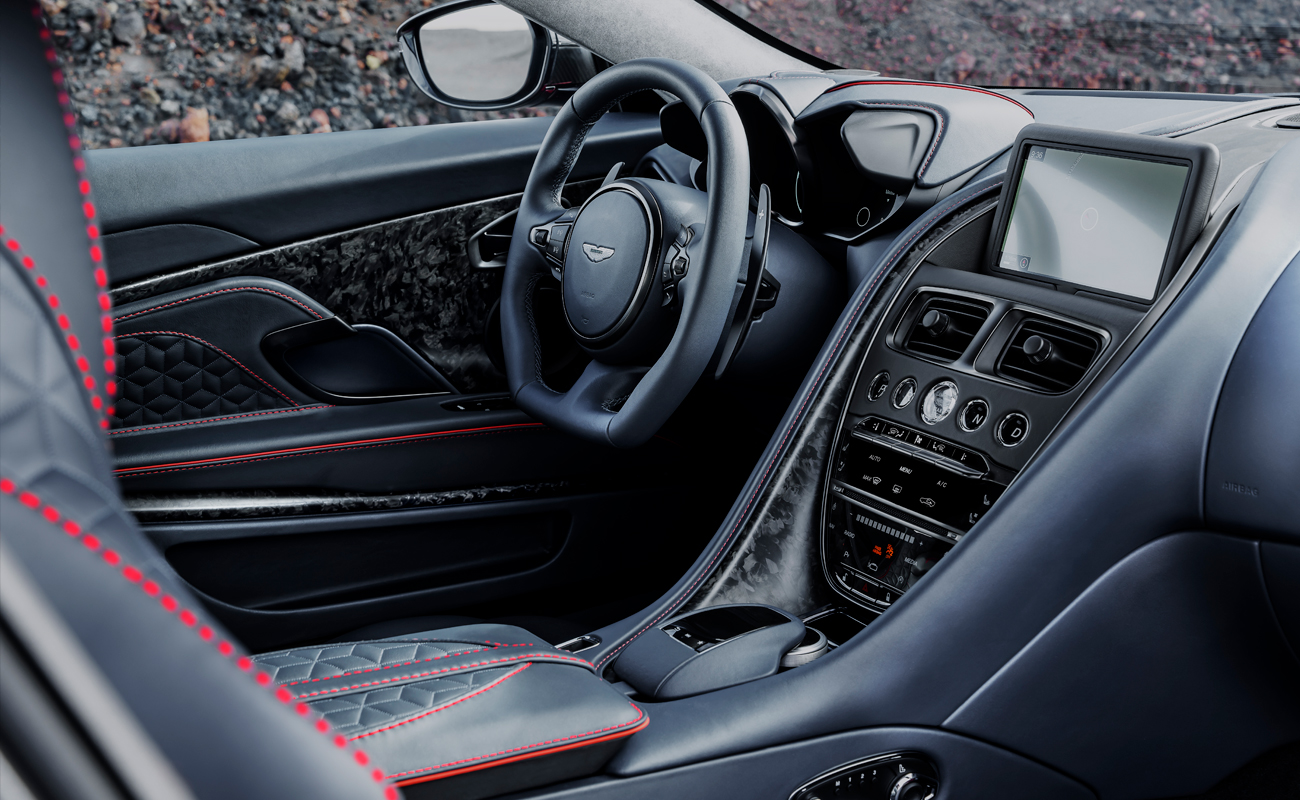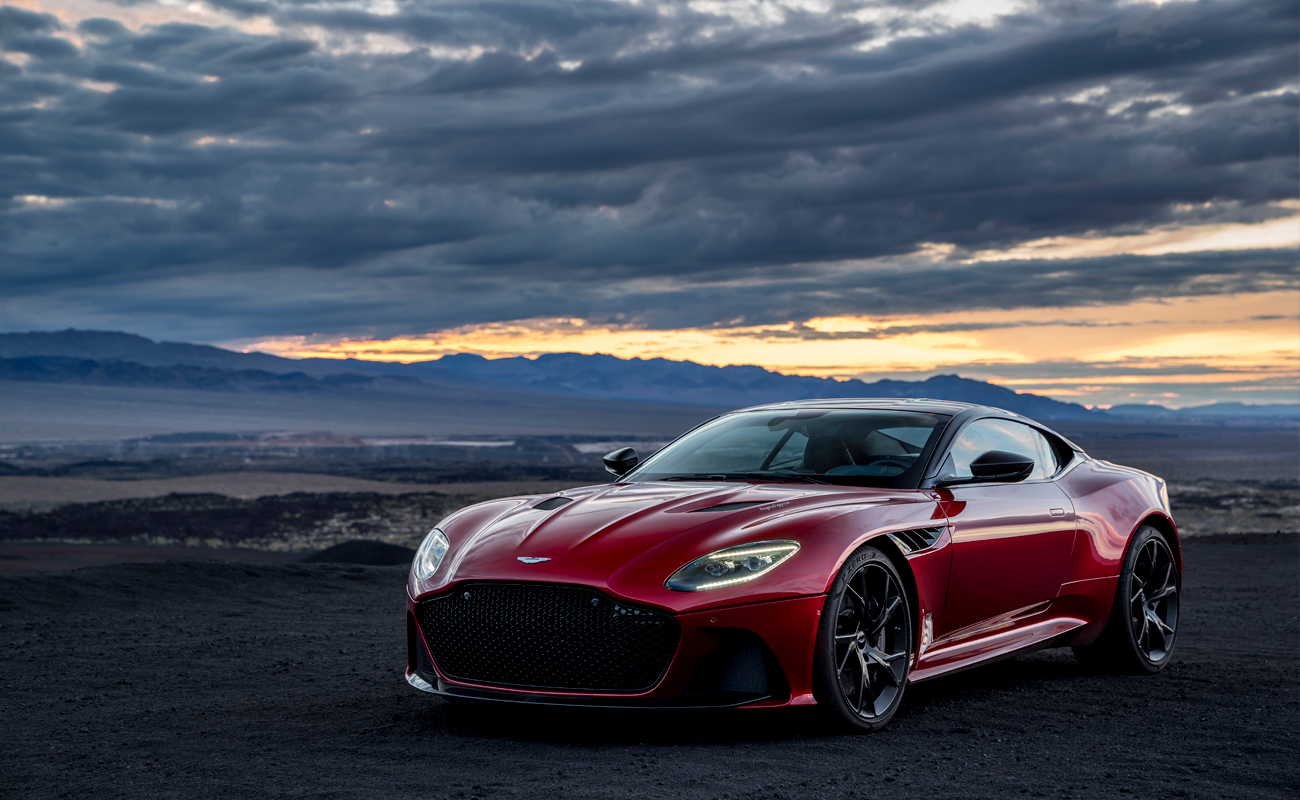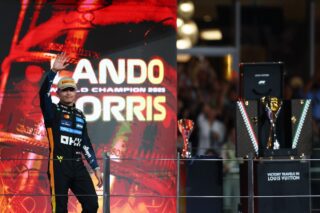This website uses cookies so that we can provide you with the best user experience possible. Cookie information is stored in your browser and performs functions such as recognising you when you return to our website and helping our team to understand which sections of the website you find most interesting and useful.
Fast & furious: Aston Martin’s design director on the all new DBS Superleggera
By Rachel Ingram | 12 July 2018 | Cars & Yachts, Lifestyle
As Aston Martin unveils the DBS Superleggera, Tempus speaks to design director Miles Nurnberger about how he created this “brute in a suit”

In 2016, Aston Martin made a promise to introduce seven new cars over seven years until 2023. First up was the DB11, the first of a new generation of cars in the British manufacturer’s ‘second century’ plan, which launched to the acclaim of critics around the world. Next up was the new Vantage, a model revered for its instinctive design and agile performance. Now, the stage is set for the DBS Superleggera, a magnificent machine with beauty, brains and brawn, which the manufacturer unveiled at an event in London in June.
Replacing the esteemed Vanquish S as the luxury car brand’s flagship product, the DBS Superleggera combines a 5.2-litre twin-turbo V12 engine with 725PS, 900Nm of torque, a top speed of 211mph and acceleration from 0-62mph in just 3.4 seconds – or, if you really have the opportunity to open up, 0-100mph in 6.4 seconds. Visually, it’s just as impressive and is a sign of the brand’s evolving aesthetic that has been wowing us with every year’s new release. The carbon fibre body panels are designed to create a muscular look, while contemporary lines add some elegance to its powerful engineering.
As well as being every inch the Aston Martin flagship, the launch signals the brand’s triumphant return to the Super GT sector. And people are excited. The beast is priced from £225,000 and deliveries are scheduled to begin in Q3 2018 – although you’ll need to get in quick if you want one. Rumour has it that you will have to wait until June 2019 for a car at the earliest now. Ahead of the launch at London’s Roundhouse, we spoke with Miles Nurnberger, director of design at Aston Martin, about how his team created such a soon-to-be legendary vehicle.
Tempus: The DBS Superleggera is the third launch in Aston Martin’s ‘second century’ plan. This must be quite the task for your design team.
Miles Nurnberger: It is, but I couldn’t ask for a better task. I’ve been with the brand for 10 and a bit years now, and I think what we’re doing is so exciting. I couldn’t imagine being anywhere else. We have a great team now at Aston Martin, particularly with Andy Palmer [president and CEO of Aston Martin] coming on board. We are quite unique, we don’t do Russian doll designs, every car has its own unique character. Being a designer and being in that environment where you can apply all these characters is blissful.
Related: Are these the five most beautiful high performance supercars in the world?

Looking inside, what was your thinking behind the interiors?
We have this really interesting balance between sportiness and craftsmanship. We’ve put a lot more concentration on detail. The best word to use is intensity – there’s a greater intensity of detail that brings out a richness to the car, compared to, say, the DB11. There is a brand-new sports seat, derived from the work we’ve done on Vantage but done again in a more indulgent way, a new sports steering wheel, nice quilting in the door, and more options in terms of trim and colours. We will always have a bias toward comfort – it’s not an out and out sports car in terms of comfort level.
What’s so special about the Superleggera?
The big thing about the car is the name, Superleggera. There are two reasons for that: one is it’s a gorgeous looking badge, the other is it comes from our history – we use it on our cars to denote a form of lightweight construction. In this car, it denotes the fact we use carbon to take weight out of the car – this is 73 kilos lighter than a DB11 thanks to the wheels, carbon ceramic brakes and carbon body work. Most of the panels you see are carbon fibre in construction. And you see the 21-inch wheels? These are the lightweight wheels, really pared down – you can see all the meat is taken off the bone. They are almost skeletal in their construction. This car also has a lot of clever aerodynamics on it. For the DB11, we made something called Aeroblade, and this is Aeroblade 2 – it takes high pressure air off the front tyre and spits it out the side. We have a couple of patents pending on the system. Normally, on any car, the more downforce they create the more drag they create, but with this system it doesn’t. Even versus DB11, this produces 180 kilos of downforce, but basically it does that without any penalty over the DB11 coupe.

What else are you excited to be working on?
I think the next thing coming up will be Valkyrie, which has just been an incredible project and the most difficult thing I’ve ever worked on because, very honestly, we set a lot of tasks at the beginning of the programme that no one knew how to meet. Most car companies can be quite conservative, so they start a car knowing that they can achieve everything, but with that car we set targets that no one had ever done before. Throughout the research and development stages, we were discovering rules that after 20 years of working in the industry we didn’t know existed, because we’d never come close to the edge of the rule book before.
During the first six or 12 months of that programme, on a daily basis we were having to re-read rule books that we thought we knew like the back of our hands, trying to work out how can we do this, how do we get over that, how do we reinterpret this. It’s taken a lot of blood, sweat and tears to get there but that was why it was one of the most enjoyable projects, because we had to work bloody hard on it. And the performance figures will rewrite history books.
Read the full feature in our brand new design issue, out now







